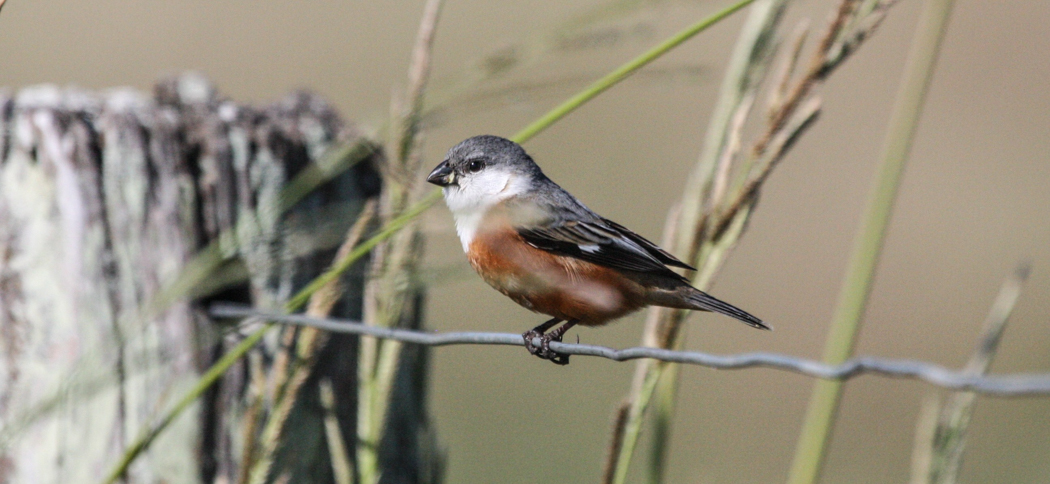
Strange Tails
We're delighted to have a strong population of strange-tailed tyrants at the reserve. So much so that we've adopted these beautiful and endangered birds as the symbol of the Trust
The growing diversity of the animals of Reserva Don Luis is a fresh source of delight every time we return. We don't play favourites, but it's impossible not to engage more with some of our more conspicuous guests. One of these is the strange-tailed tyrant. The male is stoic in his tolerance of one of nature's strangest - and it would seem least practical - adaptations. He's willing to suffer to be beautiful, and somehow manages to fly with tail feathers that were surely designed for a bird three times his size.
We love his perseverance; his resolution to succeed against challenge, and his ability to prove that anything is possible. He's appearing in growing numbers on the Reserva Do Luis, and his success has become an allegory for, and a symbol of, our own.
When we started the process of updating and redesigning our website, we wanted to adopt an image that symbolised our aims and our challenges. This brave little flycatcher, with his indomitable character, was the perfect choice.
The logo is a stylised profile of a male tyrant, silhouetted against the sunrise. We coloured the sun the blue of the Argentinian flag in honour of this country's beauty, its climate and the breathtaking span of magnificent animals that it nurtures.

Bat Research
Our bat team is conducting bat research both in the Ibera Marshes and in other provinces. We are especially concentrating on Misiones at the moment where we find the largest bat in Argentina, Chrotopterus auriitus and Myotis ruber, two species that we are researching.

Marsh Seedeater
Sporophila palustris
This seedeater is one of three or four endangered birds found in this area. Their habitat is wet grasslands and marshy areas and it is therefore well suited to the Esteros.
We occasionally see them around the reserve, usually in the winter, although they disappeared after our fire in 2012. In 2015 a Marsh Seedeater was spotted in the south of the reserve.
The female looks like most of the other female Sporophilas but the male is quite distinctive with his chestnut coloured belly, white throat upper chest and lower face and grey cap, nape and back.
This seedeater exists in a small fragmented range and thus qualifies as EN (endangered) in the IUCN redlist.
Other endangered seedeaters found here are the Sporophila cinnemomea and S. hypochroma. We have seen several Sporophila ruficollis (Dark-throated Seedeater) which are classed as NT on the IUCN redlist; adults as well as juveniles so they probably breed here.
Threats are the usual habitat loss as well as pesticides and some trapping for the bird trade.
This bird has now been moved from Emberizidae family to that of Thraupidae
.jpg)

